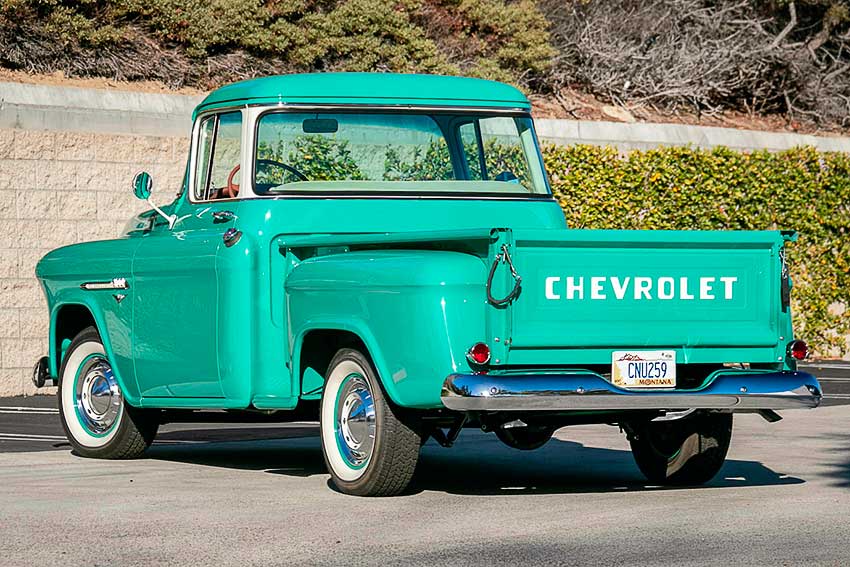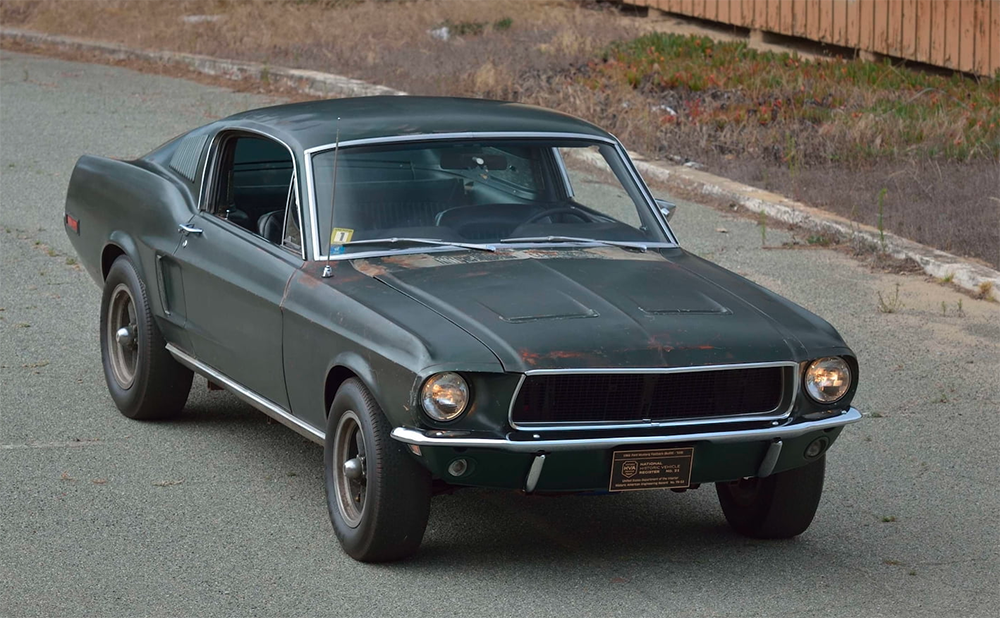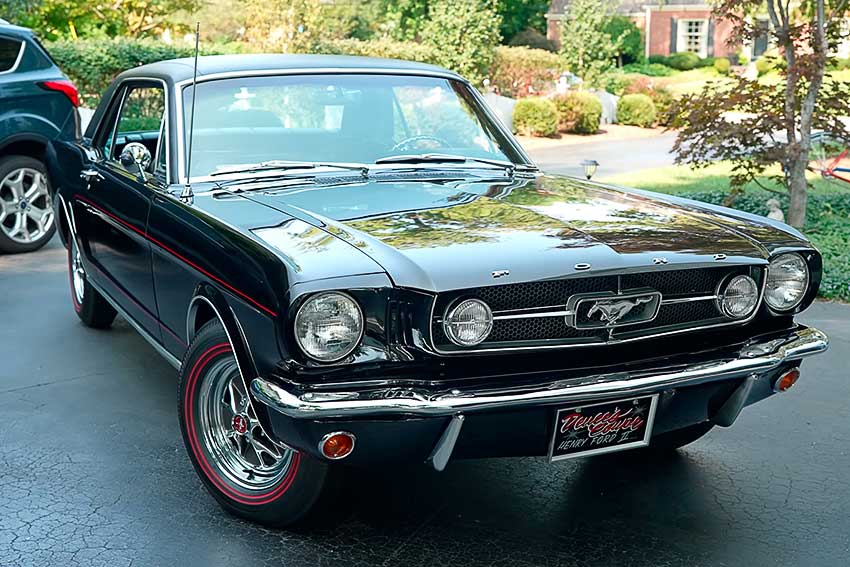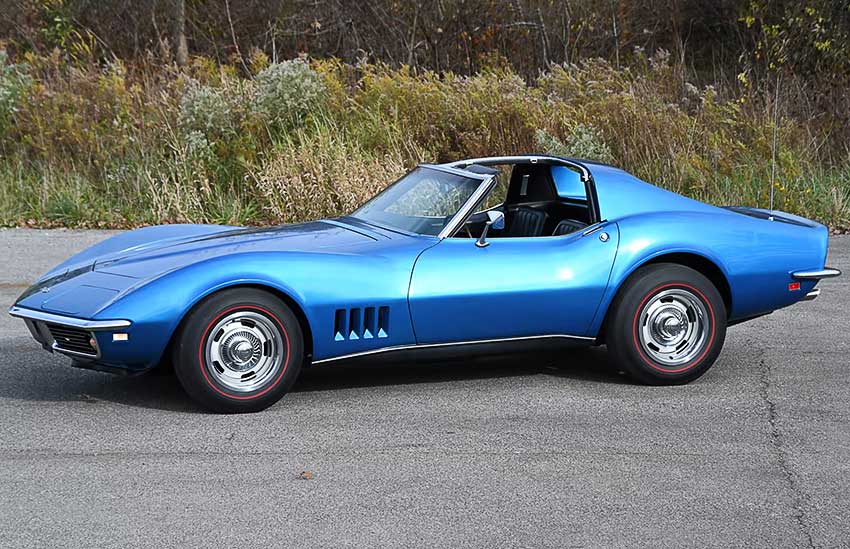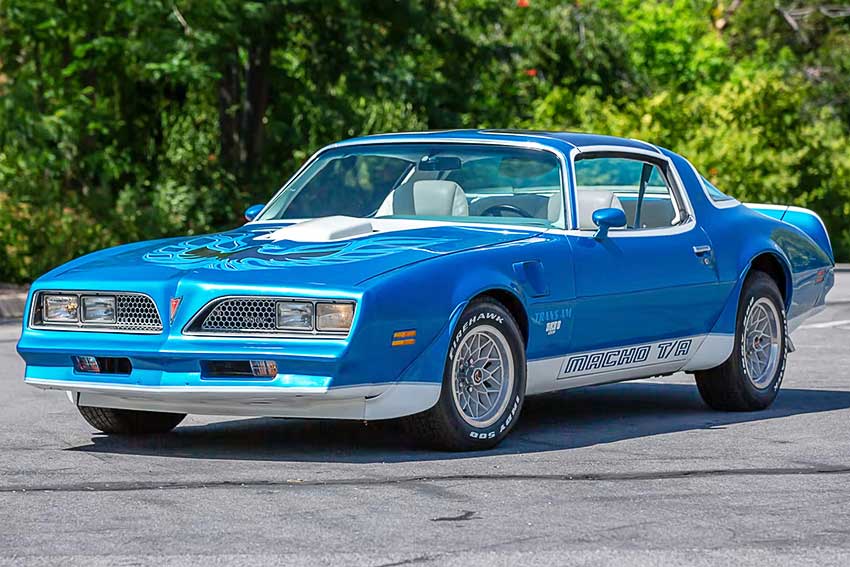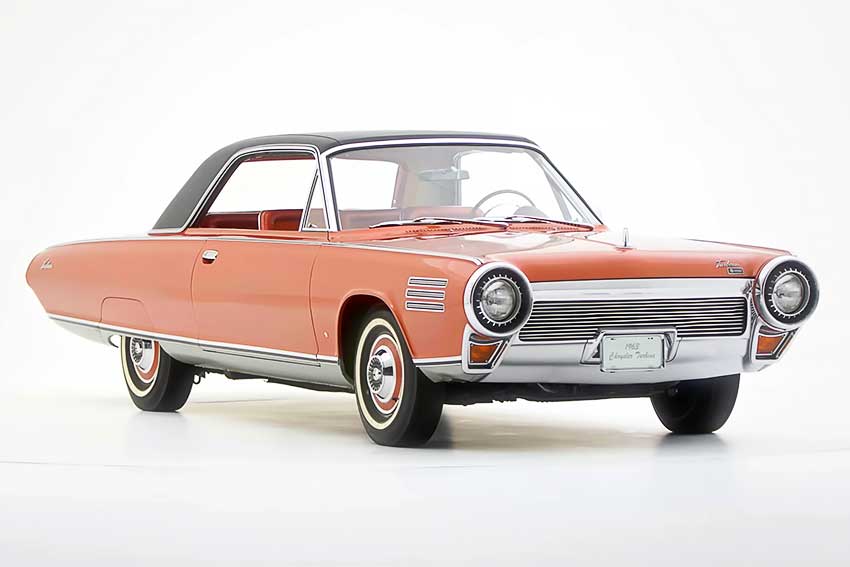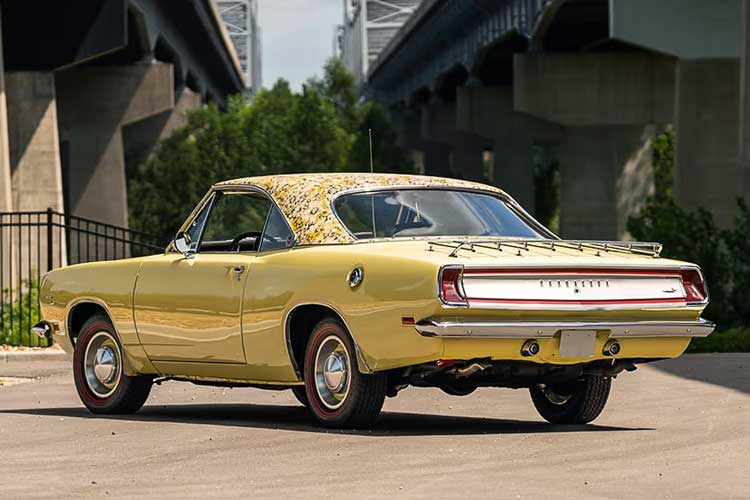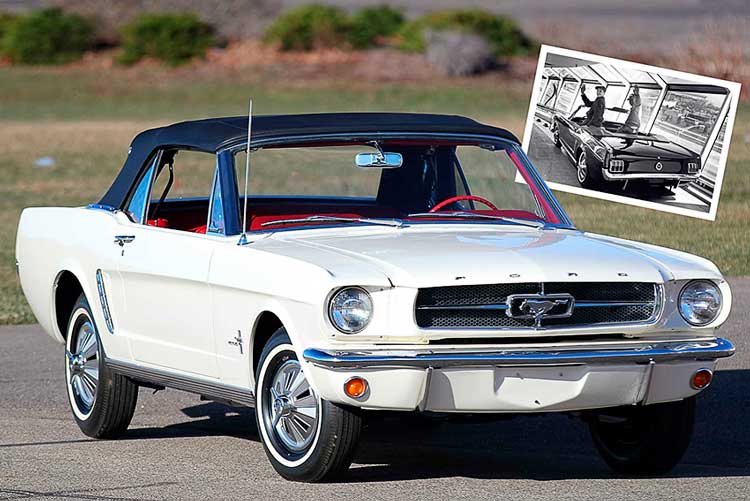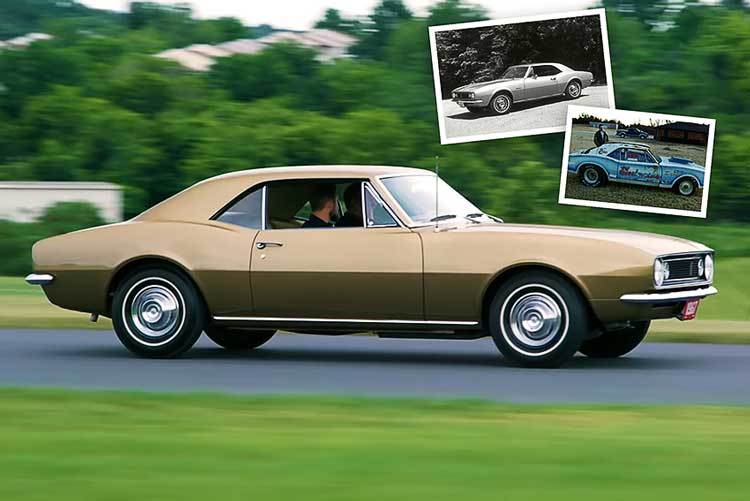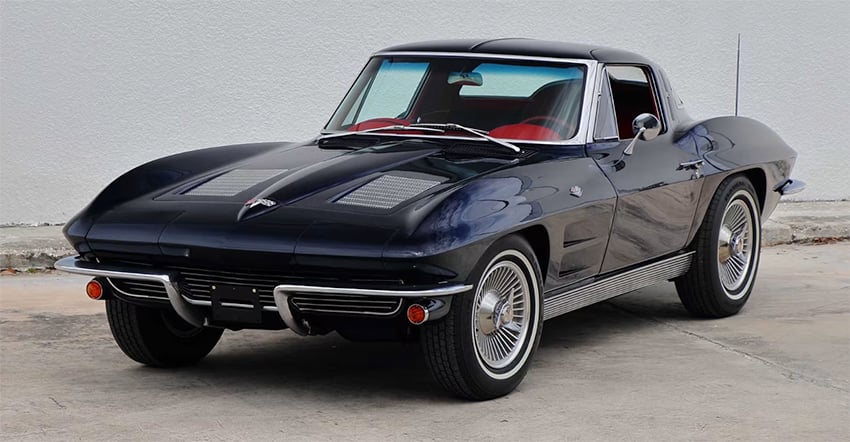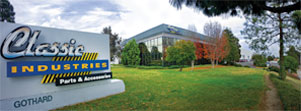Classic trucks have curves, and that's one of the many reasons we love them. One of the main sources of this curvy appearance is their use of Stepside bed designs. Stepside trucks feature a narrow rectangular bed flanked by external fenders over the rear wheels, plus convenient step platforms behind the cab. Today, we think of this as an optional feature that fell out of favor, but in reality, the Stepside design was simply the default way trucks were made until the mid-1950s. A recent video from Rare Cars summarized the history of Stepside (a.k.a. Flareside or Utiline) truck beds and why they were eventually replaced by the Fleetside beds all modern trucks have today.



